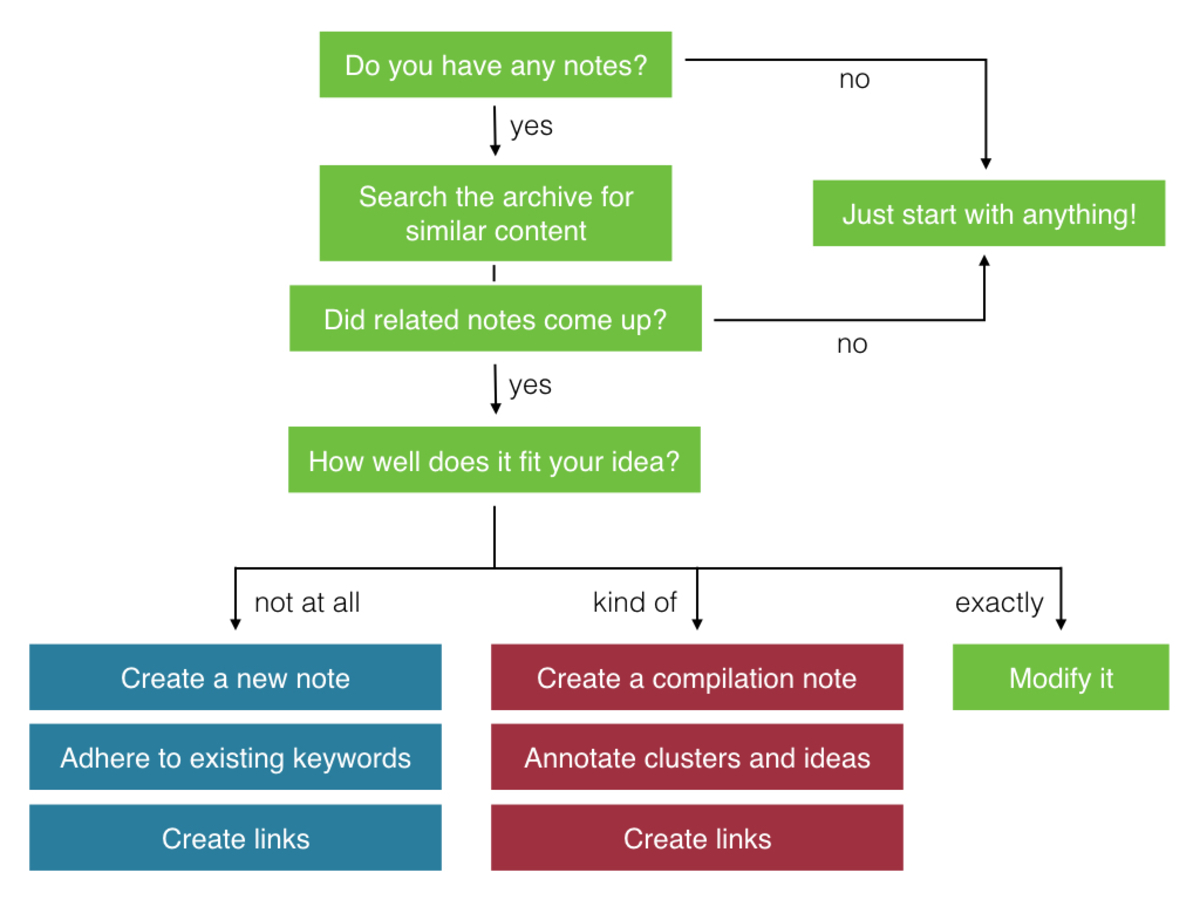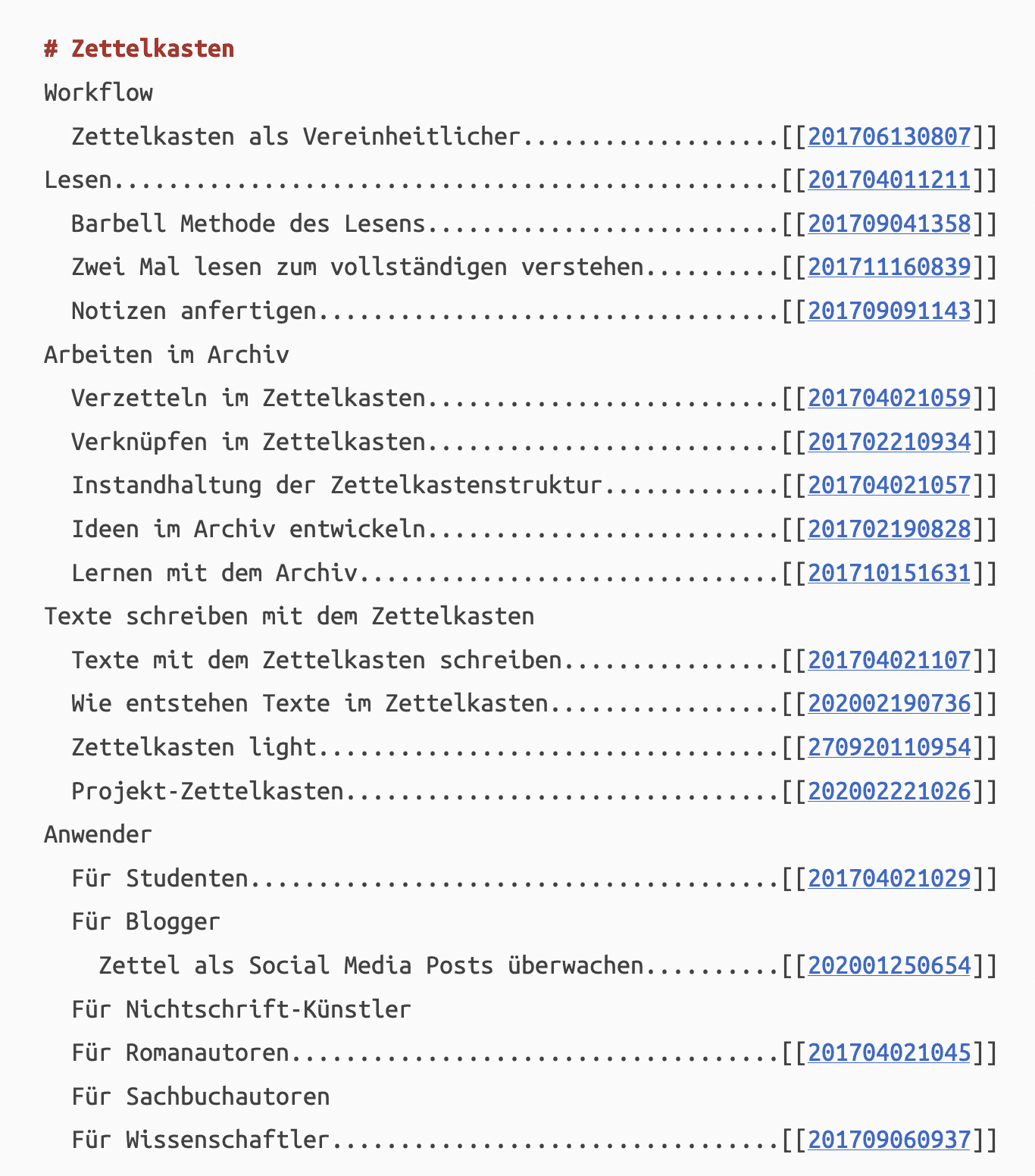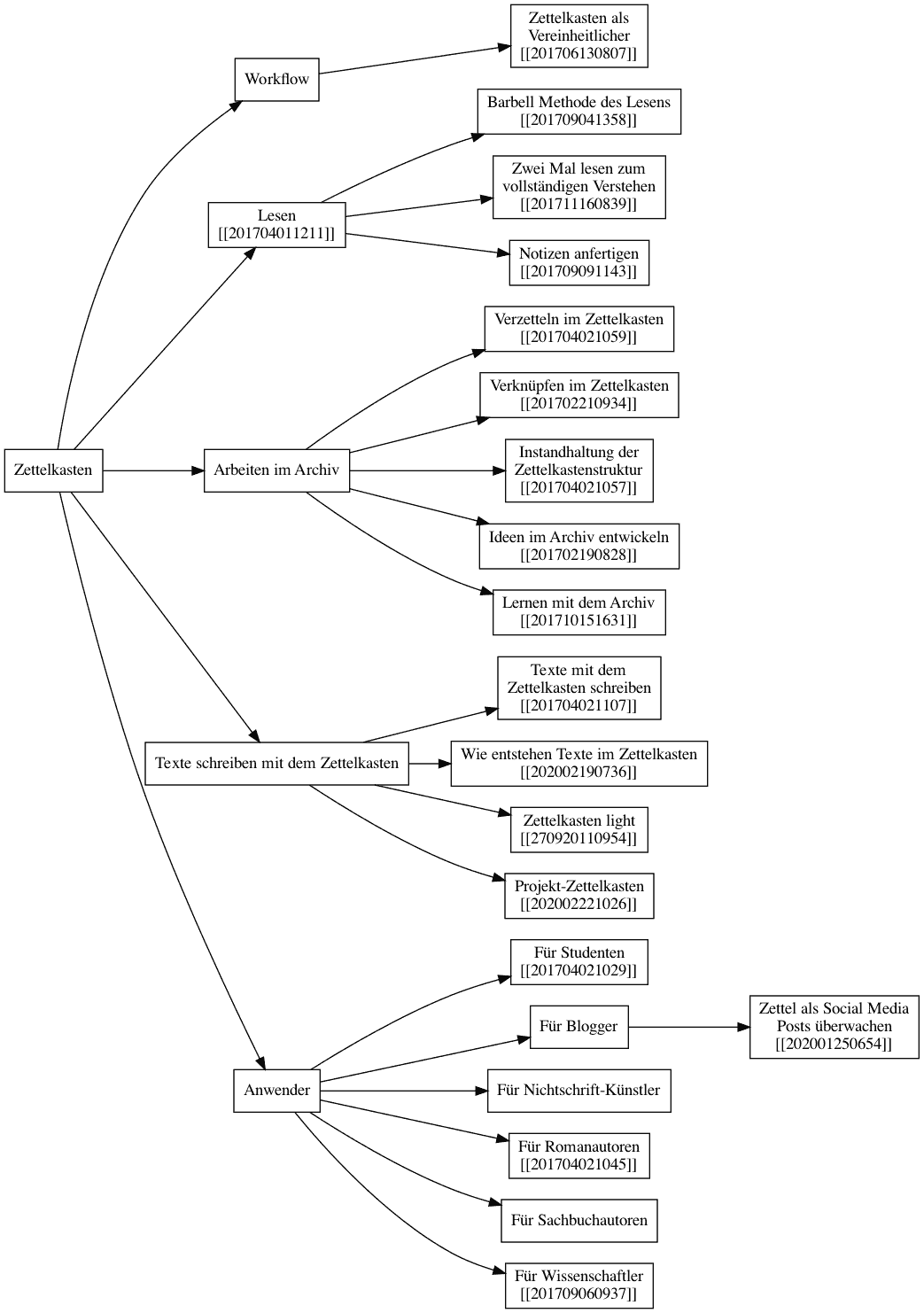https://www.youtube.com/watch?v=BpvEY-2dSdU
In this episode, I explain the memory system I created in order to expand my memory to new heights. I call it the Sirianni Method and with it, you can learn how to create an intentional photographic memory.
Who the hell is the Sirianni this is named for, himself?
(In the comments he mentions that "it's my italian grandpa's last name, I always liked it and a while back started naming things after it)
tl;dr: He's reinvented the wheel, but certainly not the best version of it.
What he's describing isn't remotely related to the idea of a photographic memory, so he's over-hyping the results, which is dreadful. If it were a photographic memory, he wouldn't need the spaced-repetition portion of his practice. While he mentions how he's regularly reviewing his cards he doesn't mention any of the last century+ of research and work on spaced repetition. https://super-memory.com/articles/20rules.htm is a good place to start for some of this.
A lot of what he's doing is based on associative memory, particularly by drawing connections/links to other things he already knows. He's also taking advantage of visual memory by associating his knowledge with a specific picture.
He highlights emotion and memory, but isn't drawing clear connections between his knowledge and any specific emotions that he's tying or associating them to.
"Intentional" seems to be one of the few honest portions of the piece.
Overview of his Sirianni method: pseudo-zettelkasten notes with written links to things he already knows (but without any Luhmann-esque numbering system or explicit links between cards, unless they're hiding in his connections section, which isn't well supported by the video) as well as a mnemonic image and lots of ad hoc spaced repetition.
One would be better off mixing their note taking practice with associative mnemonic methods (method of loci, songlines, memory palaces, sketchnotes, major system, orality, etc.) all well described by Lynne Kelly (amongst hundreds before her who got smaller portions of these practices) in combination with state of the art spaced repetition.
The description of Luhmann's note taking system here is barely passable at best. He certainly didn't invent the system which was based on several hundred years of commonplace book methodology before him. Luhmann also didn't popularize it in any sense (he actually lamented how people were unimpressed by it when he showed them). Popularization was done post-2013 generally by internet hype based on his prolific academic output.
There is nothing new here other than that he thinks he's discovered something new and is repackaging it for the masses with a new name in a flashy video package. There's a long history of hucksters doing this sort of fabulist tale including Kevin Trudeau with Mega Memory in the 1990s and going back to at least the late 1800s with "Professor" Alphonse Loisette and the system he sold for inordinate amounts to the masses including Mark Twain.
Most of these methods have been around for millennia and are all generally useful and well documented though the cultural West has just chosen to forget most of them. A week's worth of research and reading on these topics would have resulted in a much stronger "system" more quickly.
Beyond this, providing a fuller range of specific options and sub-options in these areas so that individuals could pick and choose the specifics which work best for them might have been a better way to go.
Content research: D-
Production value: A+
{syndication link](https://www.reddit.com/r/antinet/comments/10ehrbd/comment/j4u495q/?utm_source=share&utm_medium=web2x&context=3)







